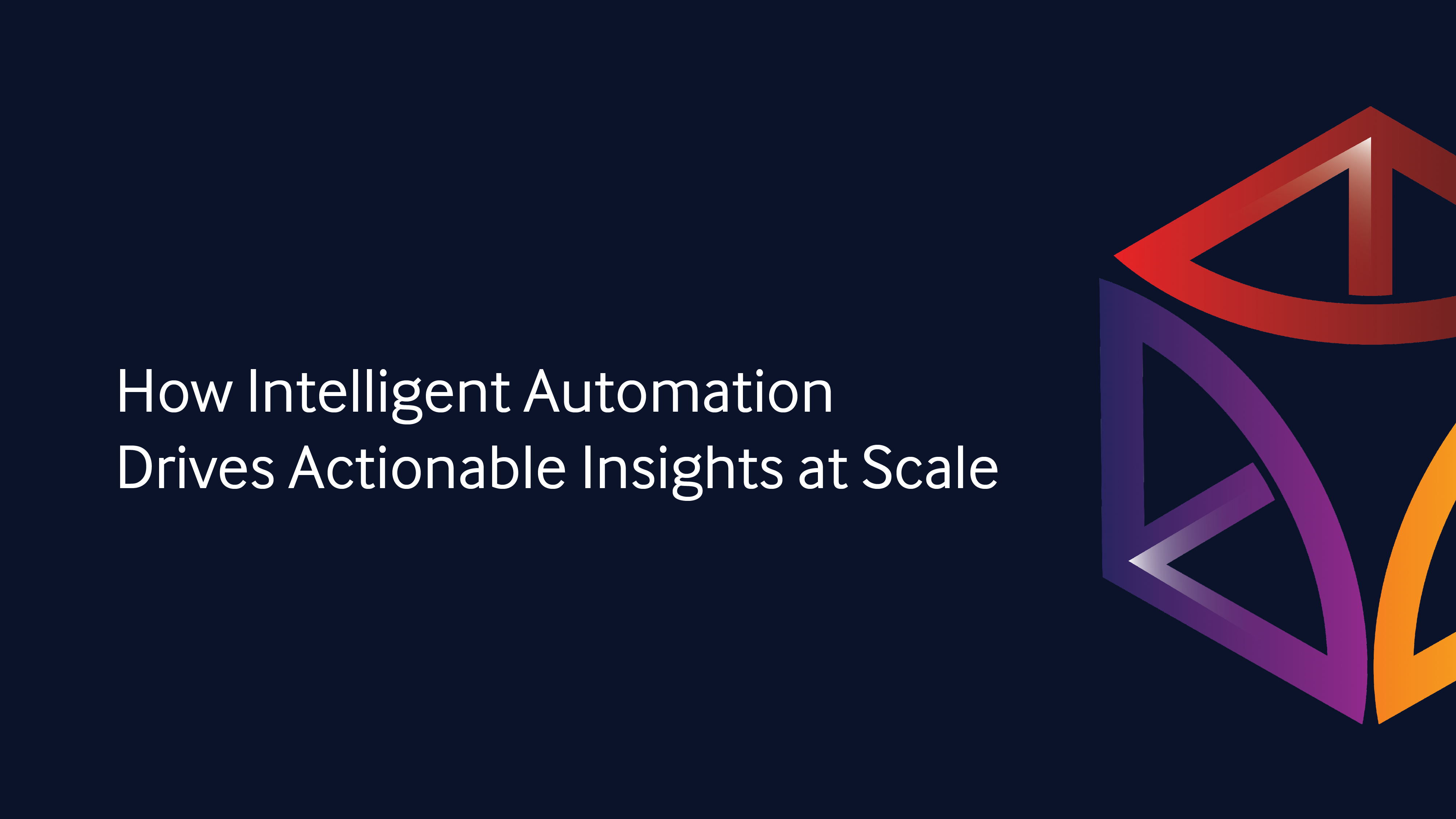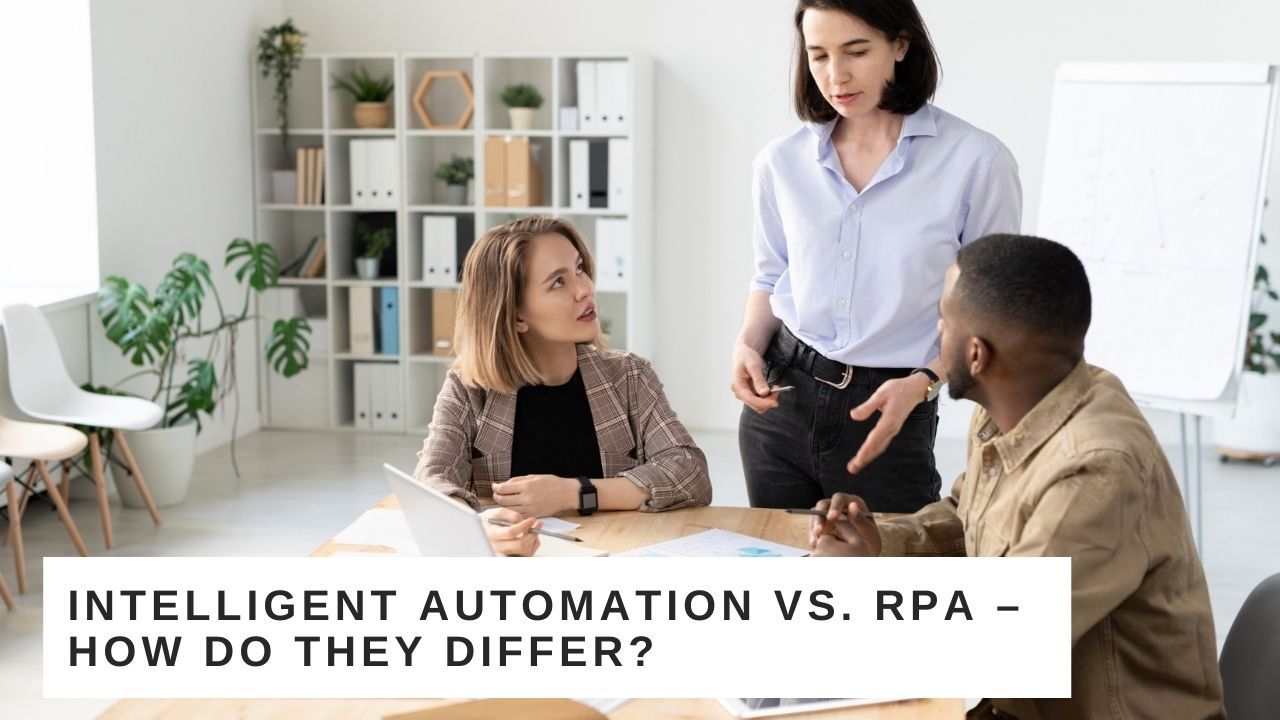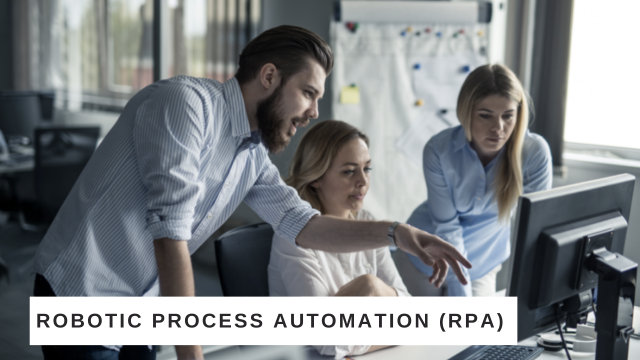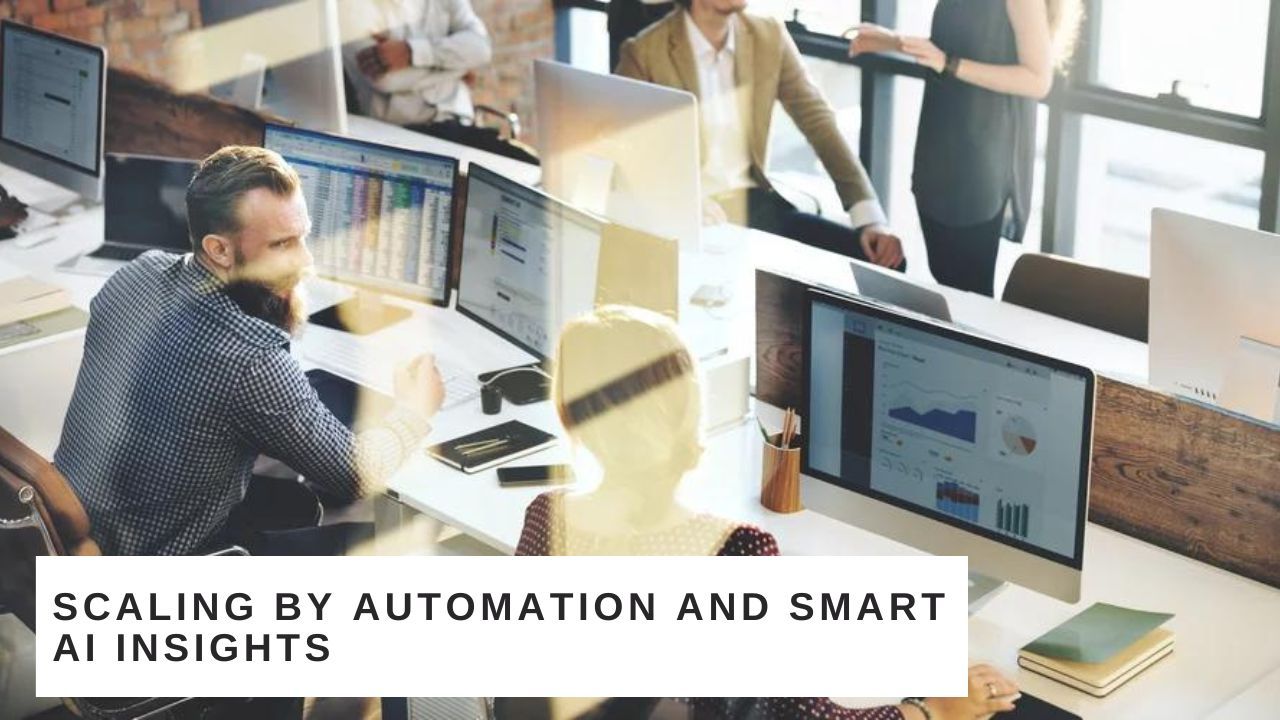

Elsa Petterson
Partner success manager @ Put It Forward
Generative AI has proven excellent in process automation, elevating organizations to a completely new level – unattended process automation. This way, no human input is required to perform certain tasks, meaning that, as humans, we have reached full-level automation. In this article, we focus on the role of generative AI in process automation: its economic potential, the challenges it faces, and many more. We invite you to read on if you are interested in this topic.
The Economic Potential of Generative AI
AI has been shifting the economic landscape for years, and the wide distribution of generative AI is following these steps. Its substantial potential may be observed in many areas of automation and analytics – just look at a few examples below.
- Unattended process automation – With generative AI, humans no longer need to review information, extract data, or compose messages. This means that process automation may become completely automated, thus more effective.
- AI as the automation interface – Generative AI can take over the role of an automation interface, thus decreasing the time your employees need to oversee automation and improve productivity.
- Improved data analytics – Generative AI may also be used for data analytics to extract unstructured data and prepare predictive insights based on them. This gives you access to information unavailable before, helping you design better products, improve marketing ROI, and elevate customer experience.
How Trustful Data Powers up Generative AI
Without data, RPA and generative AI or even predictive AI won’t function properly. Therefore, businesses must take care of their information structure.
Siloed data, or vast amounts of unstructured, unnecessary information stored, is what can kill any AI-driven initiative. This is why you need to invest in intelligent data integration. This way, you will collect your data into one unified database and significantly reduce the dangers of bias in your AI-powered automation model.
To add to the above, the higher the quality and completeness of your data, the better the output from the generative AI is. Take a look at a simple example that illustrates this in detail.
Imagine you closing a lead – you’ve gone through numerous calls with your potential client, and you’re about to finalize the deal. You’re preparing a final offer based on the information you collected in previous interactions with the individual (sales). You ask ChatGPT to prepare an e-mail with the offer, relying on the previously mentioned data…and that’s it. You get a plain offer focused on the aspects mentioned by the client during the negotiations.
But, if you combine your information with those collected by the marketing team (which is seamless in integrated data systems) and put it into the AI tool, the output will be different – your offer also takes into account the direction that the lead comes from, the interactions that this potential client made with your content, and prepare a highly personalized offer that takes everything into account – one that is more likely to succeed.
How Put It Forward Creates Insights with Generative AI
At Put It Forward, we understand the role of generative AI vs. predictive AI and analytics. Therefore, we have implemented it in our tools, creating three helpful engines.
- Content engine – An excellent tool that enables you to upload your content as a source for the generative AI, which can then be used to answer queries based on the content or quickly find critical information within it.
- Generative text – Tool for generating personalized content (for example, e-mails) based on the already existing one.
- Auto data mapper – An engine that can automatically build a relationship between the possible and probable sources and destinations of data.

Challenges of Introducing Generative AI into Business Processes
Unfortunately, one cannot simply integrate generative AI into their organization’s systems and reap all the benefits. This is because many challenges must be overcome to use this artificial intelligence effectively. Let’s look at them now.
- Hallucinations – In the world of AI, this term means lying – the generative AI providing you with false or misleading information. Therefore, you need to be cautious when approaching AI-generated info and verify it. Especially since artificial intelligence is always very confident, even when providing incorrect data.
- Biases – Generative AI and automation are also susceptible to biases. Imagine an automated system reviewing CVs. If it is fed with historical data, it will likely discard the resumes from women or certain races due to, for instance, higher chances of them going on maternity leave. Therefore, you must constantly control the automation model's criteria for determining results.
- Ethical issues – As generative models become more advanced, it becomes challenging to attribute generated content to a specific source. This lack of accountability can complicate legal and ethical responsibility. This is an example of ethical issues that follow generative AI; you will need to find your own way to apply AI ethically and ensure that it aligns with the people in your organization.
- Resources – AI is resource-consuming, with energy usage being the biggest concern.
- Lack of high-quality data – For AI to be effective, it must be fed with high-quality data. Otherwise, biases will appear, or you will struggle with many hallucinations.
- Insufficient experience – To utilize generative AI effectively, your employees need to be skilled in writing prompts. The lack of experience in this field often discourages organizations or leads them to believe that generative AI isn’t efficient.
Takeaways
To sum this article up, generative AI has a large potential to improve both automation and data analytics. However, there are still many challenges that hinder its implementation in organizations. These range from hallucinations and ethical concerns to a lack of experience and skills in using AI or low-quality data. Nevertheless, fear these challenges not – at Put It Forward, we are ready to help you overcome them and integrate generative AI into your organization – contact us and see how we can help you!
You may also read: Top Digital Transformation Trends in 2024
Subscribe to our blog










